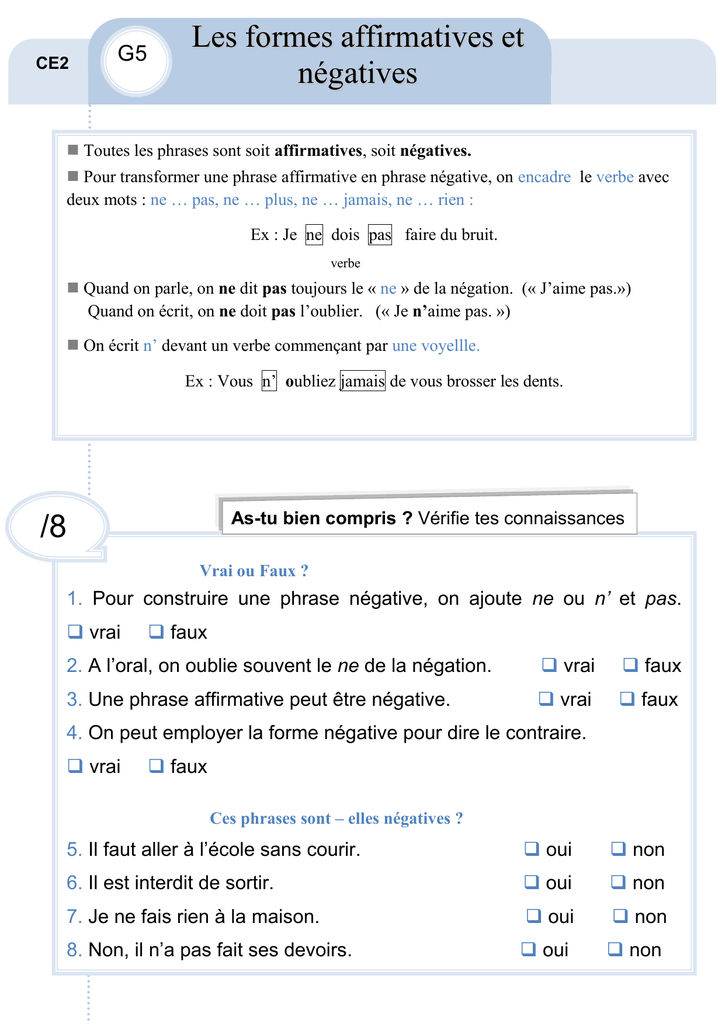

3.1 Power transmission and distributionĪn autotransformer has a single winding with two end terminals and one or more terminals at intermediate tap points.An autotransformer with multiple taps may be applied to adjust the voltage at the end of a long distribution circuit to correct for excess voltage drop when automatically controlled, this is one example of a voltage regulator.

Īn example of an application of an autotransformer is one style of traveler's voltage converter, that allows 230-volt devices to be used on 120 volt supply circuits, or the reverse. Other advantages of autotransformers include lower leakage reactance, lower losses, lower excitation current, and increased VA rating for a given size and mass. Since part of the winding does "double duty", autotransformers have the advantages of often being smaller, lighter, and cheaper than typical dual-winding transformers, but the disadvantage of not providing electrical isolation between primary and secondary circuits. The autotransformer winding has at least three taps where electrical connections are made. In contrast, an ordinary transformer has separate primary and secondary windings which have no metallic conducting path between them. In an autotransformer, portions of the same winding act as both the primary winding and secondary winding sides of the transformer. The " auto" (Greek for "self") prefix refers to the single coil acting alone, not to any kind of automatic mechanism. Single-phase tapped autotransformer with an output voltage range of 40%–115% of inputĪn autotransformer is an electrical transformer with only one winding.


 0 kommentar(er)
0 kommentar(er)
